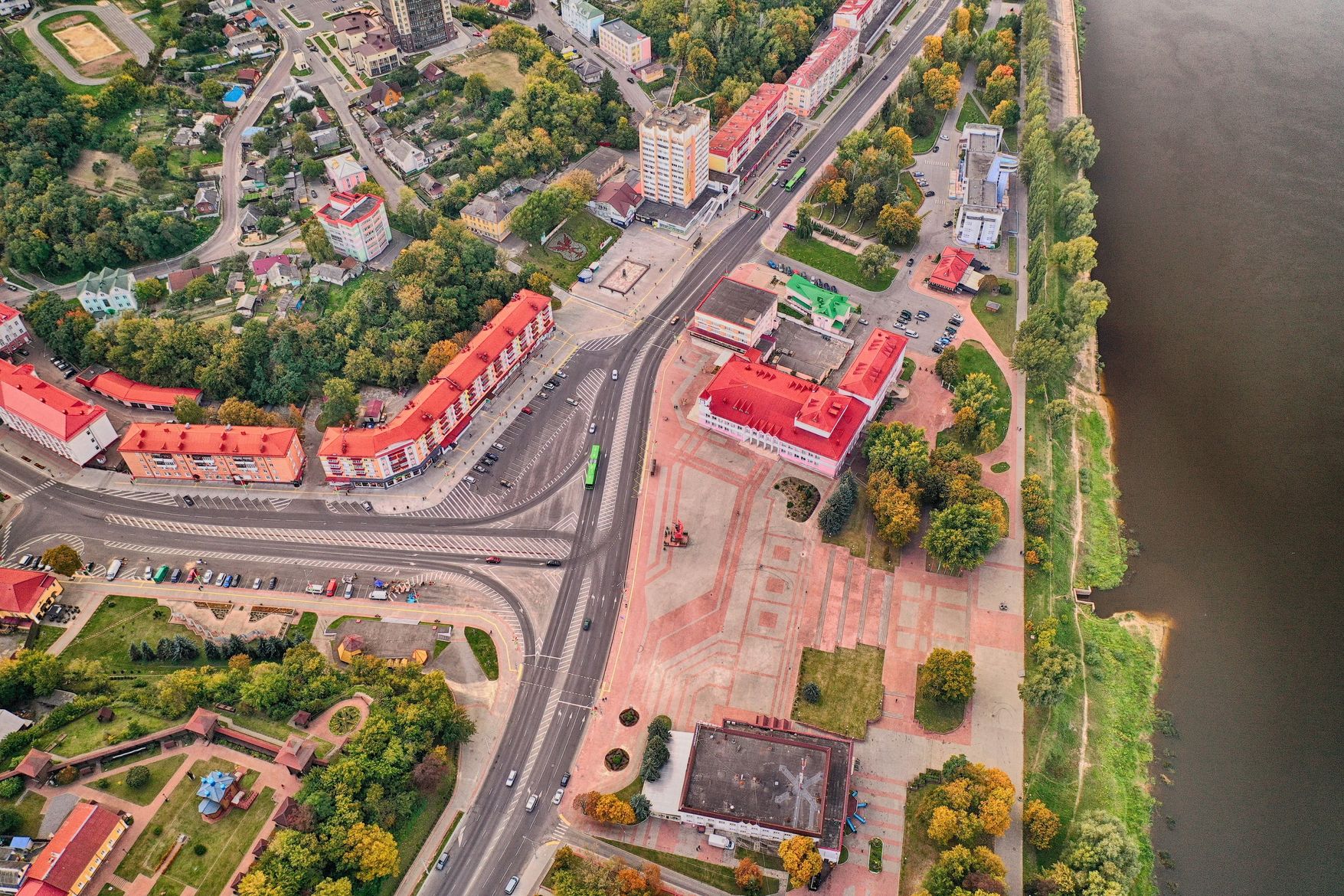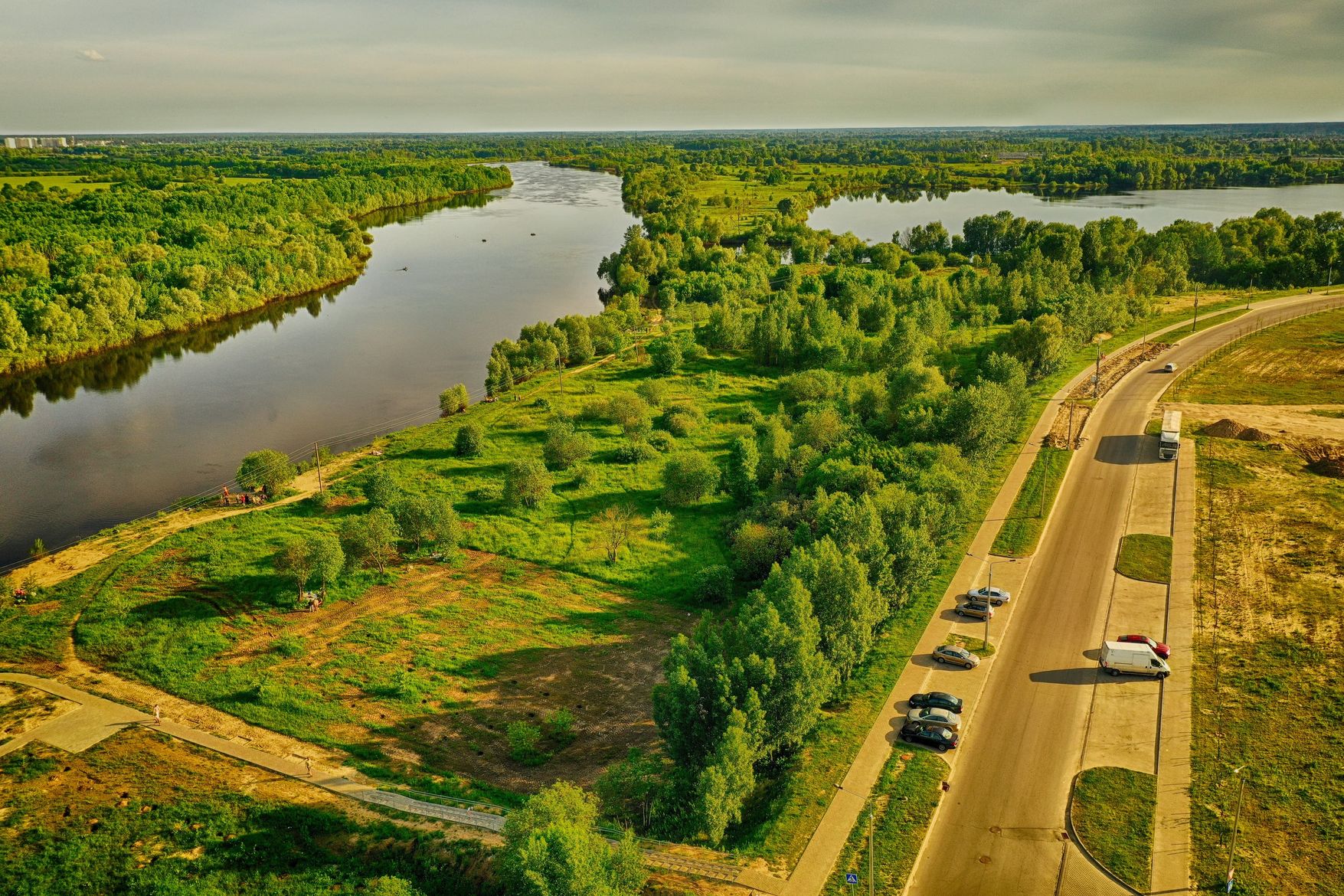Belarus Traffic Guide
Driving to Belarus
Since Belarus has been excluded from flights from the EU and many other European countries due to an incident in 2021, traveling by land is the only option to reach Belarus, making the car a practical choice.
However, when driving in Belarus and entering with your own car, there are several unique considerations to keep in mind. This guide will provide you with information on the traffic rules and entry regulations you need to consider, as well as what the traffic looks like within the country.
Belarus Traffic Rules Overview
- In Belarus, driving is permitted from the age of 18.
- For short stays, a German driver's license is recognized in Belarus, provided that a notarized translation in Russian or Belarusian is also presented. The international driver's license issued in Germany is not recognized in Belarus.
- Traffic drives on the right-hand side in Belarus.
- Within towns, the speed limit is 60 km/h, but in many residential areas, the limit is reduced to 20 km/h.
- Outside urban areas, the speed limit on rural and expressways is 90 km/h. On motorways, speeds of up to 110 km/h and occasionally 120 km/h are allowed.
- Novice drivers, who have had their license for less than two years, are restricted to 70 km/h outside urban areas.
- Seat belts must be worn by all passengers during travel.
- Mobile phones and other communication devices must not be used by hand while driving in Belarus. They may only be used with a hands-free system.
- Motorcycles and vehicles used for transporting children, heavy loads, or hazardous materials must have their lights on even during the day.
- In Belarus, you must carry a high-visibility vest, a warning triangle, and a first aid kit in your vehicle.
- A strict no-alcohol rule applies in traffic; the legal blood alcohol limit is 0.0. Additionally, consuming alcohol in public is prohibited.
- In the event of an accident, drivers are required to notify the police.
- Traffic signs in Belarus are typically in Cyrillic script. Translations into Latin script are common but not always available.
Driving in Belarus
The Roads in Belarus
As traffic offenses in Belarus are sometimes penalized much more severely than in other european countries, it is recommended to exercise particular caution when driving. Therefore, make sure to familiarize yourself extensively with the local traffic regulations before driving in Belarus.

Another challenge may come from other road users. Especially in larger cities, there can be risky driving maneuvers and chaotic behavior on the roads.
In rural areas of Belarus, road conditions are often very poor. Road damage, missing road markings, and inadequate lighting are not uncommon.
Additionally, wildlife crossings, particularly in the wooded regions of the country, pose an increased risk of accidents. For safety reasons, it is advised against driving outside of cities at night or in poor visibility conditions.
Petrol stations and charging points
Petrol and Diesel: Petrol and diesel are very affordable in Belarus compared to other European countries, though the distances between petrol stations are slightly larger. On heavily trafficked routes, you can generally find a petrol station every 30 to 40 kilometers. In less busy regions, stations are typically 50 to 60 kilometers apart.

In particularly remote areas, the density of petrol stations can be much lower. Therefore, it is advisable to research in advance where the next refueling opportunity is located before starting your journey.
Electric Cars: The charging network for electric vehicles in Belarus is not yet extensively developed. In the capital city of Minsk, there are already some charging options available. Charging electric cars may also be possible in other larger cities. However, outside of urban areas, there are currently no charging facilities for electric cars.
Hydrogen Cars: There are currently no refueling options for hydrogen cars in Belarus.
Rental car or own car?
When entering Belarus with a european car, there are several special considerations to keep in mind. For instance, vehicle insurance policies concluded within the EU are not valid in Belarus. Therefore, you must purchase Belarusian car insurance at the border to ensure you are covered during your stay.

Additionally, only the person who imported the vehicle into Belarus is legally allowed to drive it. If someone else drives the car, it could be considered a customs offense and could lead to the confiscation of the vehicle along with substantial fines.
Rental cars are primarily available in the capital city, Minsk. Some car rental companies also offer vehicles for hire in other major cities across the country.
To rent a car, you generally need to be at least 25 years old. Some providers may allow younger drivers under 25 to rent a car for an additional young driver fee.
Fines
Fines for traffic violations in Belarus can be imposed directly by the police on the spot, and they are often significantly higher than those in other countries.
Violating the strict no-alcohol rule while driving can result in penalties including immediate revocation of the driver’s license for three years, substantial fines, or an entry ban into Belarus.
In cases of repeated offenses, vehicle confiscation and criminal proceedings might ensue, which could include a travel ban preventing departure from Belarus.
Conclusion: Drive Carefully in Belarus
Driving in Belarus can be challenging due to strict traffic regulations and entry requirements. Additionally, the driving habits of Belarusian motorists and rural road conditions may pose further difficulties. Nonetheless, currently, using a car remains one of the best and only ways to travel within Belarus.
